The Alcoholic Tea Market is currently characterized by a dynamic competitive landscape, driven by evolving consumer preferences and a growing inclination towards innovative beverage options. Key players such as BrewDog (GB), Hard Tea Company (US), and Twisted Tea (US) are at the forefront, each adopting distinct strategies to capture market share. BrewDog (GB) has positioned itself as a pioneer in the craft beverage sector, focusing on sustainability and unique flavor profiles, while Hard Tea Company (US) emphasizes its commitment to quality and local sourcing. Twisted Tea (US), on the other hand, leverages its strong brand recognition and extensive distribution network to maintain a competitive edge. Collectively, these strategies contribute to a moderately fragmented market, where innovation and brand loyalty play crucial roles in shaping consumer choices.
In terms of business tactics, companies are increasingly localizing manufacturing to enhance supply chain efficiency and reduce costs. This approach not only allows for quicker response times to market demands but also aligns with the growing consumer preference for locally sourced products. The competitive structure of the Alcoholic Tea Market appears to be moderately fragmented, with several key players exerting influence while also leaving room for smaller brands to emerge. The collective actions of these companies indicate a trend towards collaboration and strategic partnerships, which may further enhance their market positions.
In August 2025, BrewDog (GB) announced the launch of a new line of organic alcoholic teas, aiming to cater to health-conscious consumers. This strategic move underscores BrewDog's commitment to sustainability and innovation, potentially attracting a demographic that prioritizes organic ingredients. The introduction of this product line may not only enhance brand loyalty but also position BrewDog as a leader in the organic beverage segment within the alcoholic tea market.
In September 2025, Hard Tea Company (US) expanded its distribution network by partnering with a major retail chain, significantly increasing its market presence. This strategic alliance is likely to enhance brand visibility and accessibility, allowing Hard Tea Company to reach a broader audience. Such partnerships are indicative of a trend where companies seek to leverage existing retail infrastructures to optimize their market penetration strategies.
In October 2025, Twisted Tea (US) launched a digital marketing campaign aimed at engaging younger consumers through social media platforms. This initiative reflects a growing trend towards digitalization in marketing strategies, as brands recognize the importance of connecting with consumers in the digital space. By focusing on social media engagement, Twisted Tea may enhance its brand appeal and foster a community around its products, which is essential for long-term customer retention.
As of October 2025, the Alcoholic Tea Market is witnessing significant trends such as digitalization, sustainability, and the integration of technology in operations. Strategic alliances are increasingly shaping the competitive landscape, allowing companies to pool resources and expertise. Looking ahead, it appears that competitive differentiation will evolve, with a shift from price-based competition to a focus on innovation, technology, and supply chain reliability. This transition may redefine how companies position themselves in the market, emphasizing the importance of unique product offerings and sustainable practices.


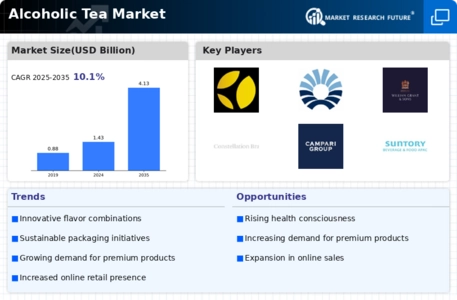
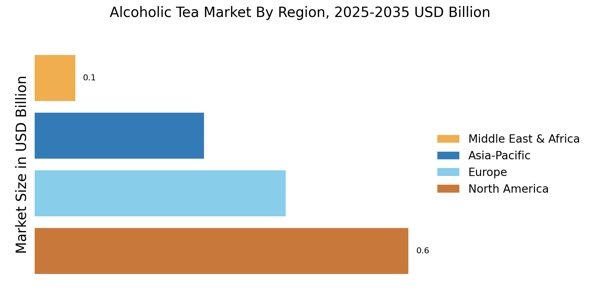
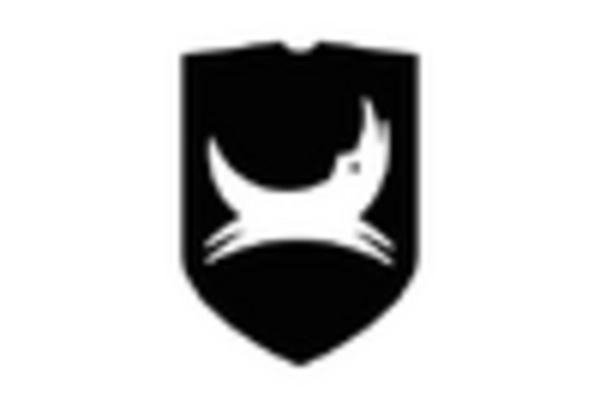
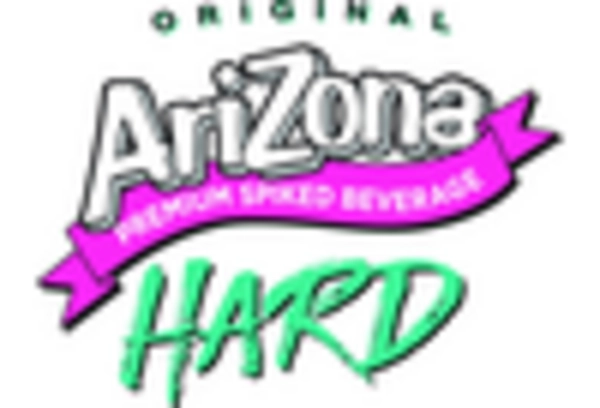
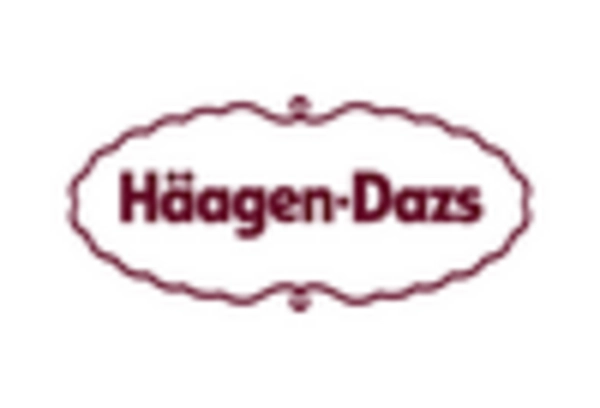
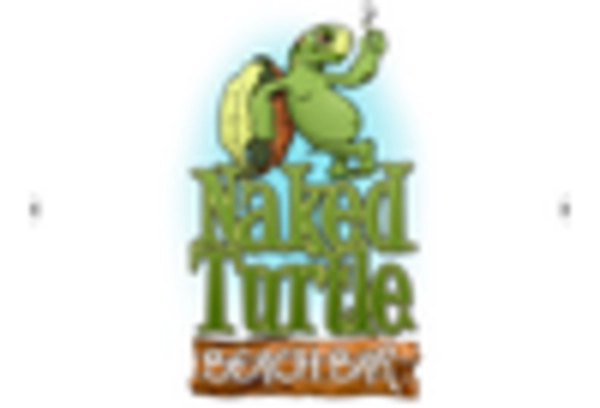
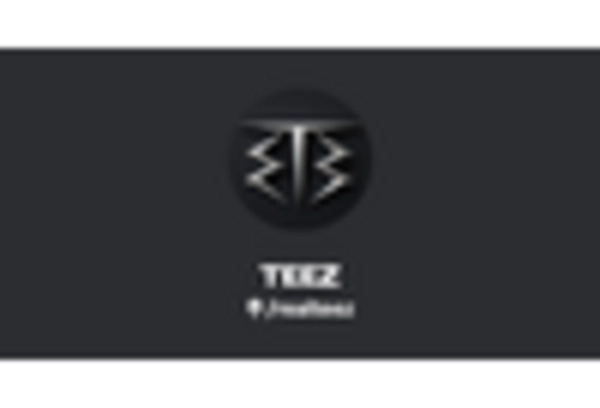
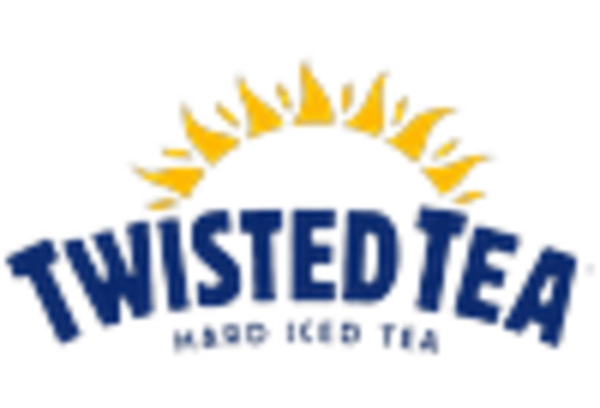








Leave a Comment